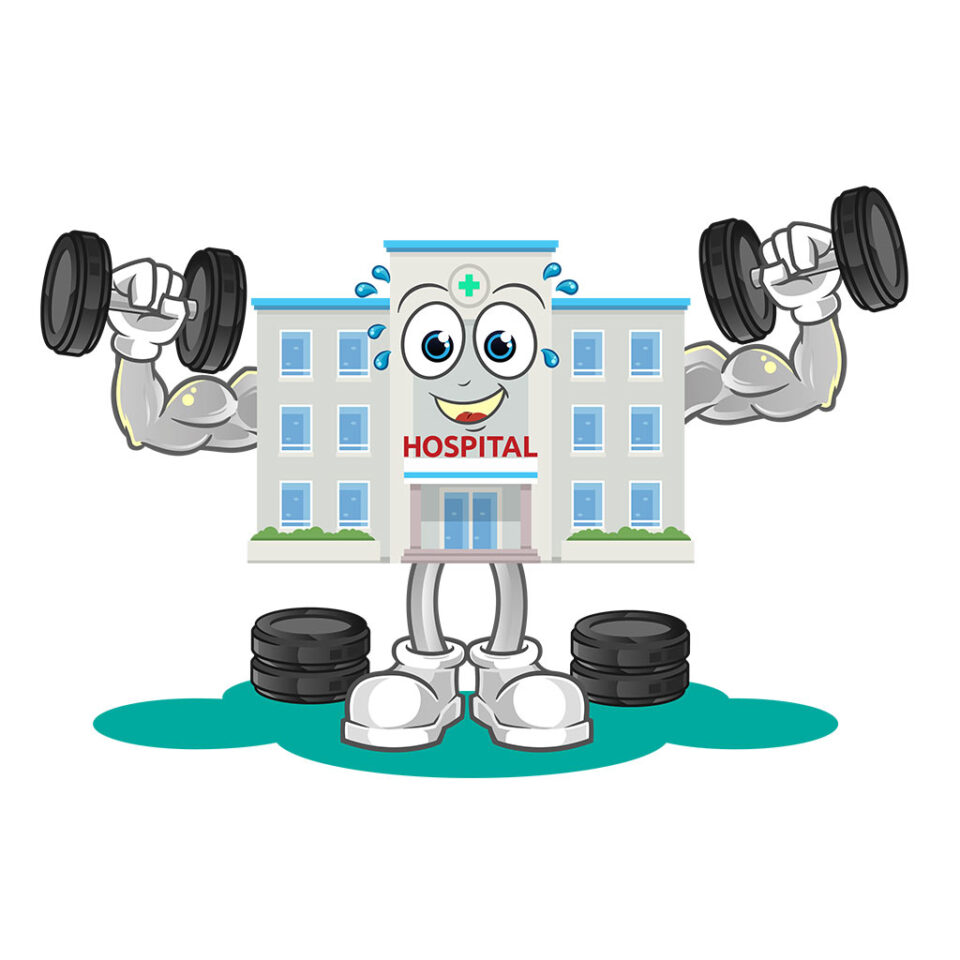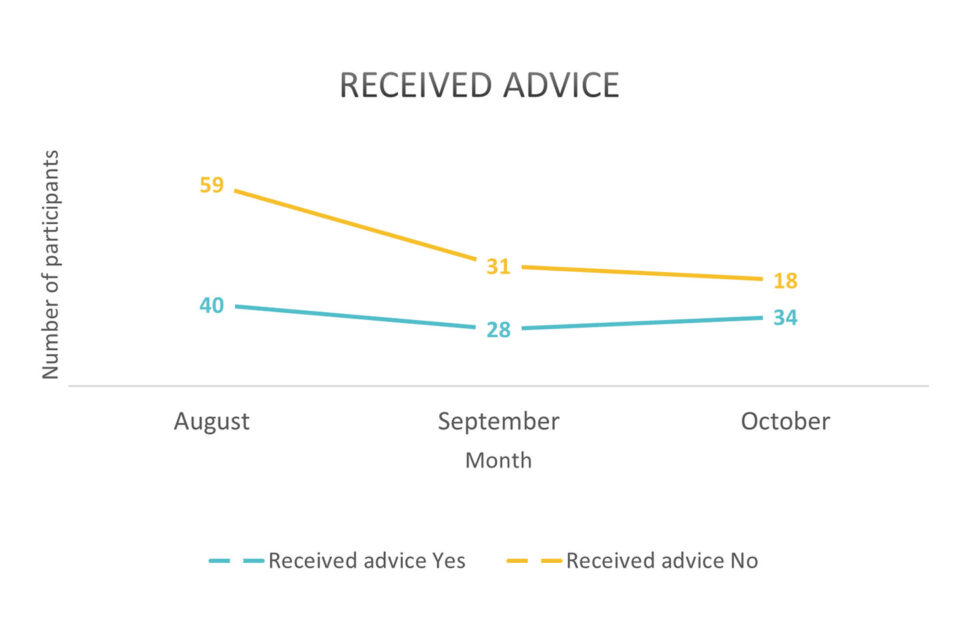Nottingham University Hospitals Trust (NUH) employs over 17,000 staff, and delivers care to 4.5 million people from across the East Midlands and nationally. As one of the largest employers in the region, and one of the largest acute teaching trusts in the country, it plays a key role in the health outcomes of its local population.
Nottingham and Nottinghamshire have high rates of inequality, with both life expectancy, and healthy life expectancy, affected.
Engagement in the Active Hospitals programme offered the opportunity to develop learning from specific pathways about how to influence behaviour change for staff, (by introducing the topic of physical activity into their patient contacts), and for patients, (by engaging with physical activities).
Chosen Pathway
One of the pathways chosen for this pilot was the hepatobiliary service. Within this clinical area, the alcoholic liver disease ward was selected to trial the principles of an “Active Ward”. The aim of this pathway was to train staff in how to have conversations about physical activity, and for them to promote opportunities for patients to remain active during inpatient stays.
This patient population includes many who have extended stays in hospital, placing them at risk of deconditioning. Remaining physically active is an important factor in their inpatient care; and will hopefully encourage patients to maintain physical activity following discharge..
Patients are admitted to the ward due to changes to their liver function, a bleed, or as “medical outliers” from other wards.

